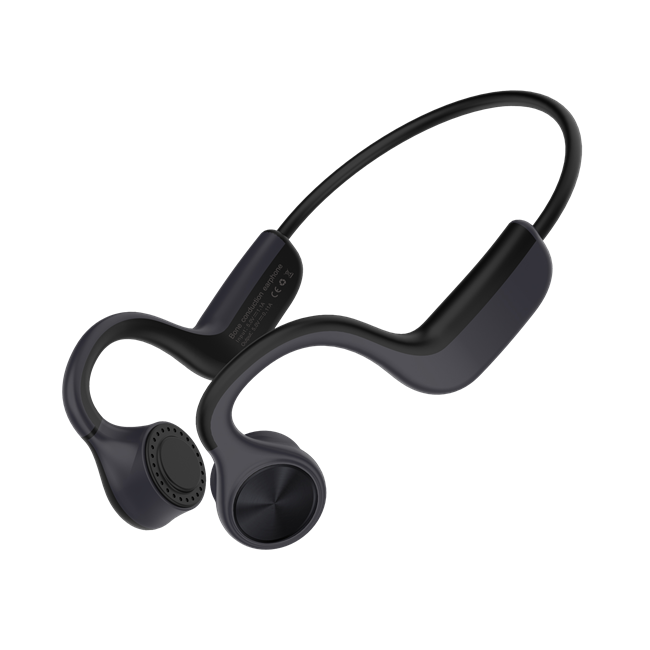How does the Bone Conduction Headset Work?
In recent years, a new product, bone conduction earphone, has become popular in the earphone market. Maybe many friends just heard of it but did not have a deep understanding. In terms of differences, bone-conduction earphones can better protect hearing than traditional in-ear earphones, without affecting the ear to receive other sounds, and are safer to wear outdoors when exercising. To put it simply from the principle, sound waves are transmitted into the inner ear through air conduction and bone conduction. Bone conduction headphones pick up the sound through the vibration of the skull without the need to plug into the ear canal, unlike in-ear headphones that will feel blocked and uncomfortable after being worn for a long time.
Although most sound travels through the air to our eardrums, bone-conducting headphones rely on the vibrations of sound in the head and jaw. The bone conduction sound produced by these headphones bypasses the eardrum, transmitting the sound directly to the inner ear. Bone-anchored hearing AIDS (BAHA) has been using this sound transmission for years to help people with hearing impairment.
Interestingly, the transmission of sound is the way we hear our own voice. Ludwig van Beethoven, the famous composer who eventually lost his hearing, was famous for discovering this way of hearing. By biting the composer's wand and pressing it on the piano, he was able to transmit audio waves as physical vibrations. In this way, he could "listen" and create his famous works.
Unlike traditional headphones, bone-conducting headphones are located outside the ear. This keeps the ear canal open to ambient sound while also transmitting music from a portable device. For bicyclists, runners, and walkers who want to be alert and aware of their surroundings while listening to music, bone conduction is a wise choice.

Dr. Lindsay Bondurant, director of the Pennsylvania Ear Institute (PEI), USES these devices herself. She says bone-conducting headphones are useful for swimmers, snorkelers, or scuba divers when they're outdoors.
"I wear bone-conduction headphones while swimming -- they vibrate, so they're perfect for underwater use," Dr. Bondurant said.
Users say the bone-conducting headphones are comfortable to wear and produce enough sound quality. Because of their open-ear design, these headphones may be helpful to anyone with hearing loss or wearing a hearing aid. They are also potentially helpful for people with tinnitus because they allow ambient sound to enter the ear canal and can effectively act as a masking solution for individuals with the disease.
